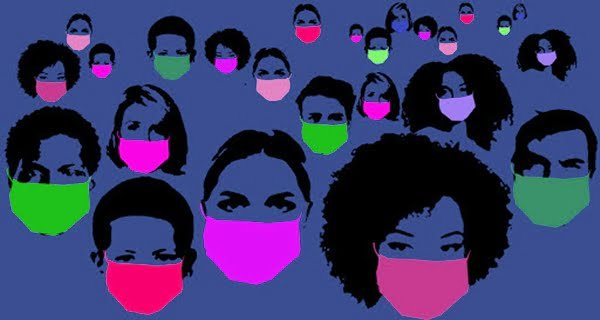
With the recent COVID-19 spread in the World, people wearing surgical masks in public has become a common sight. But this phenomenon has long been a norm in Asia, where face masks are often worn regardless of whether the person is ill.
“It’s very common in Asia, especially amongst young people,” said Pooh Chandanamattha, a Thai student studying at International Christian University in Tokyo.
The World Health Organization warned to save masks for health care workers.
Surgical Masks Help Block Germs But Are No Guarantee
Social media has been sharing the hashtag #coveryourmouth, admonishing people to use the crook of their arm, a handkerchief or a tissue to block the spew of aerosolized germs in public places
But in Asia, there has been an underlying cultural narrative as to why people wear masks.
“Face mask culture” in Asia originated in Japan, as the country grappled with the Spanish flu outbreak in 1918. About 100 years later, face mask culture prevails in Japan and many other Asian countries.
“For most, wearing a mask is a sense of security. Since Japanese people value reputation and ‘face’ so much, knowing that your face is covered helps them feel safe from judgment,” Chandanamattha said.
Sometimes, the face mask can act as a social firewall, similar to wearing headphones.
“One of my professors even mentioned that students with masks tend to use it to avoid answering two young men cover their faces with masks during the coronavirus pandemic.
Two young men cover their faces with masks during the coronavirus pandemic.
In South Korea and China, it is common to see people wearing face masks when microdust, or fine dust, levels are high, to prevent tiny air pollutants from being inhaled.
“I wore masks even before the coronavirus outbreak because the air pollution from microdust is so bad here,” said Hyo Jeong Bae, a senior studying at Kongju National University in South Korea.
In addition to the microdust, Bae said it is common in South Korea, like Japan, to see students wearing masks to “hide” their face and attract less attention from people.
“There is a ‘lookism’ culture in South Korea, so students, especially female students, will use the mask to hide their face when they don’t have any makeup on,” said Bae.
Face masks have also acted as accessories for youth. Some are sold in a variety of colors and designs, which can be a fashionable complement to an outfit.
“A lot of Asian celebrities wear masks to hide their face from the public. So, I feel like that also influenced it to become a fashion trend,” said Jessica Muh, a recent graduate of Kennesaw State University in Georgia.












































